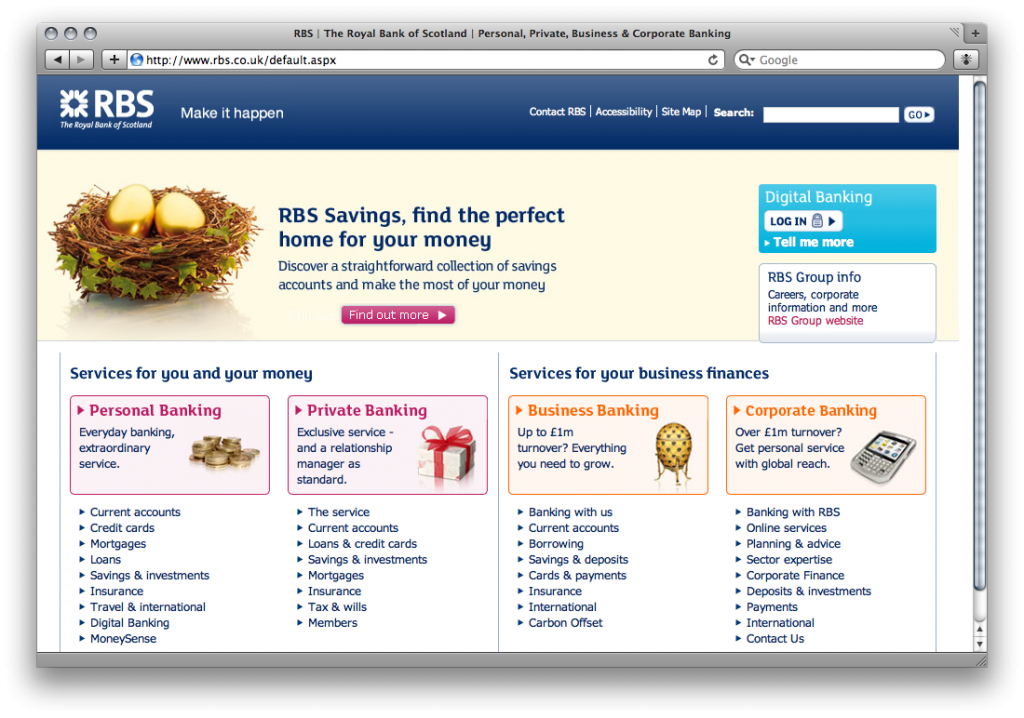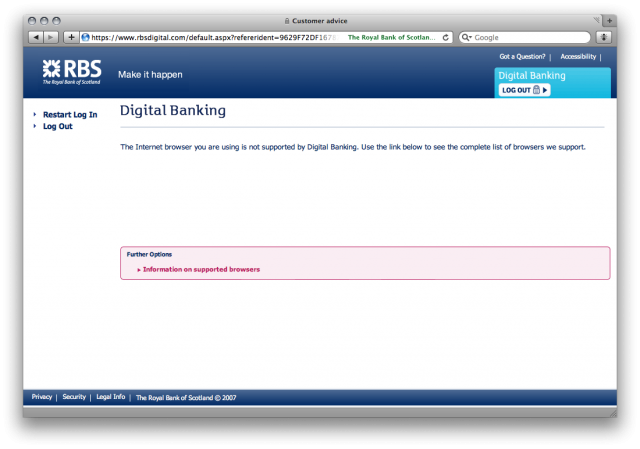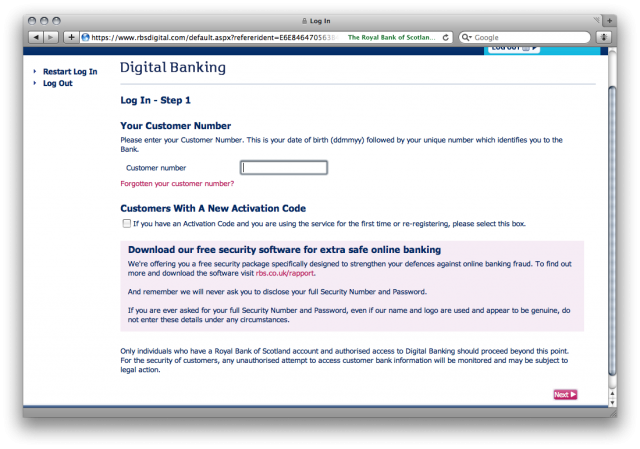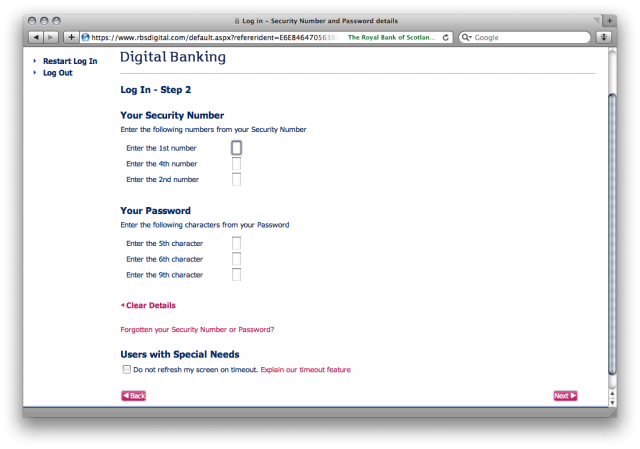iPhone 3GS: Review and Speed Test (vs. iPhone 3G)
I was up at 5:30am this morning in order to start queueing for the iPhone 3GS outside my local O2 store - I'm happy to say that I was the first person in the queue and although I had problems in getting a second contract (eventually deciding to buy a PAYG version from the Apple Store) I am now the proud owner of the iPhone 3GS. In this short post, I hope to review a few of the key features as well as giving you some real world stats from tests I've run to show the differences between the iPhone 3G and the iPhone 3GS. Please use the comments section if you have any questions!

Initial Thoughts
My first thought was that the iPhone 3GS somehow felt nicer than the previous models of the iPhone. I remember upgrading from the original to the 3G and thinking that the new plastic back made it feel more comfy and it seems that again something has been done to the texture to make it seem more solid and comfortable. Although it looks exactly the same as the 3G, there are a few minor aesthetic details such as the lettering on the back now being the same colour as the Apple logo which makes it stand out a bit more.
The "oleophobic screen coating" (that's oil resistant to you and me) really does work incredibly well. With previous iPhones, greasy finger marks on the screen wouldn't go away even if you rubbed them with your t-shirt or trouser leg; they just smeared. With the new screen coating, one wipe with a t-shirt makes the screen look just like new. This is a very useful addition to my mind!
One other detail I noticed straight away is that the screen is a lot brighter. I had thought it was slightly better (in the same way that Snow Leopard is much clearer than Leopard although this is to do with a switch to the 2.2 gamma standard) but wasn't aware of how much better until I placed it next to my old iPhone 3G - you can see the difference in the photo above. The key thing here is that both phones were set to the same brightness level so there really is an improvement in the hardware somewhere.
New Features
Compass - the new digital compass (or magnetometer if you prefer?) was one of the big talking points of the iPhone 3GS as it allows for far more accurate turn-by-turn navigation. It also added a sexy new app appropriately named "compass". The compass app itself is fairly basic and I felt that the actual readings were quite slow to adjust. Additionally, making a very small change to the orientation of the phone doesn't always reflect in the compass which is a little frustrating when you are trying to get it to point exactly North. Having said that, it's good enough to get a basic idea of which way is which. The real area the compass shines in is in the updated Maps application where pressing the location button re-orientates the map to the direction you are facing. This is absolutely invaluable when navigating and is a feature I will be using heavily.
Voice Control - When it was announced at the WWDC Keynote, I felt that Phil Schiller sounded a bit stupid going on about how this great phone was now able to do voice commands seeing as it was something my Nokia could do 8 years ago. However, I now realise why he was quite as smug as he was. It really does work exactly as they demoed it. After I synced my contacts and music, I tried a few of the commands such as "phone Ben Dodson" (to which it replied "work, home, or mobile?"), "play panic at the disco", "play more songs like this", and "what song is this". Every name and command I tried worked flawlessly so I was incredibly impressed. The real power is that with other phones you'd need to add a voice tag for each contact whereas with the iPhone, it just reads the text and interprets your voice accordingly so there is no need for you to record a voice command prior to using it. The app looks awesome as well!
Camera - The new camera app is fantastic. I can't believe that it's only a 3MP camera as the quality of the images is as good as some phones I've seen with 5 or even 7MP. The video app is simple to use (as you'd expect) and again the quality is very very good. It's a shame it doesn't film 720p but the colour balancing and overall quality make up for the relatively small resolution. The only negative I can find is that video at nighttime is fairly grainy (whereas in daylight it's beautifully smooth) and the camera would really have benefited from having a flash. I was really hoping the rumours that the Apple logo would act as a flash light were true but it appears that it's not the case... for this model at least!
I've got the need, the need for speed!
My main reason for buying the iPhone 3GS is that I wanted faster app loading times and generally quicker responses within the apps. Playing Sonic the Hedgehog on my 3G nearly bought me to tears as it was actually unplayable (I'm sure they only tested it on a 2nd generation iPod Touch...) and I'd always get frustrated playing Tap Tap Revenge 2 when the app would skip a little due to memory running out. So, speed was a big thing I was interested in.
I did not imagine it would be as good as it actually is.
The speed increases I've noticed so far have been nothing short of phenomenal for something that got a 50% speed boost and a doubling of RAM. Quite often, load times have been reduced by up to 4x and overall app reliability is nothing short of flawless. Here are a few stats based on some of my most commonly used and intensive apps:
Bejeweled 2 - app launch to menu screen
3G = 12.1s
3GS = 3.7s
iDracula - selecting "grave park - survival" on menu to actual gameplay
3G = 21.6s
3GS = 6.5s
Peggle - app launch to "touch to play" message
3G = 25.4s
3GS = 10.2s
Sonic the Hedgehog - app launch to "SEEEGGAAAAA" message
3G = 5.9s
3GS = 2.7s
Tap Tap Revenge 2 - app launch to main menu
3G = 6.4s
3GS = 3.3s
Tap Tap Revenge 2 - selecting "The Sound of Settling" on "Hard" to start of track
3G = 8.9s
3GS = 3.5s
All apps were tested on the 3.0 OS after an iPhone restart. They were timed using a stopwatch and each test was run 3 times and then averaged in order to minimise discrepancies.
Conclusions
The speed boost was definitely the biggest thing for me and I have to say that it has exceeded my expectations. The small range of stats above don't accurately display how snappy everything has become. Previously, navigating the menus of Tap Tap Revenge 2 always a pause of around a second between each screen whereas now it's instant. Also, actually playing the game could be incredibly frustrating as I knew I was in time but a memory glitch along the way would cause the tappers to move erratically causing you to miss them even though you hit the area at the right time. This was verified to me when playing on the 3GS as I got a 100% streak straight away without really trying too hard. Another game that suffered horribly on the 3G was Sonic the Hedgehog which really shouldn't have been allowed to go on the App Store. It was probably ok on the 2nd Gen iPod Touch as that had a slightly faster CPU, but on the 3G it was just dismal with stuttering sound, obvious slow down and speed up, and a whole host of other glitches such as unresponsive controls. On the 3GS, it plays exactly as it always should have done - exactly the same as it did on the Mega Drive.
I haven't even touched upon areas such as the speed increases in Safari rendering (pages are near instant - truly amazing mobile web browsing), the noticeably smoother animations between apps, or any of the other minor tweaks that make sure that the 3GS not only outperforms the 3G, but actually completely exceeds the speeds that were previously attainable.
However, there are one or two problems in all of this. For me, the biggest question mark hangs over how the App Store is going to be managed. The iPhone 3GS has much better hardware and allows for much better graphics which means that theoretically we should get into a situation where apps are available only for 3GS. However, it looks as if Apple is going to resist this route and that the 3GS upgrade is purely for across the board speed increases rather than in making more powerful apps. I can't predict what is going to happen but I fear that there will be a lot of apps made that will only work on the 3GS but they won't be labelled as such in the App Store (in the same way that Sonic the Hedgehog should have been labelled 2nd Gen iPod Touch only). This leads to a lot of frustration when you are paying £5.99 or so for a game which then won't work on the existing hardware.
So, do I think the 3GS is worth the upgrade?
Yes. Yes I do.

![[123/365] Mastering phpMyAdmin 3.1](http://farm4.static.flickr.com/3601/3606999757_83df2cf84f.jpg)
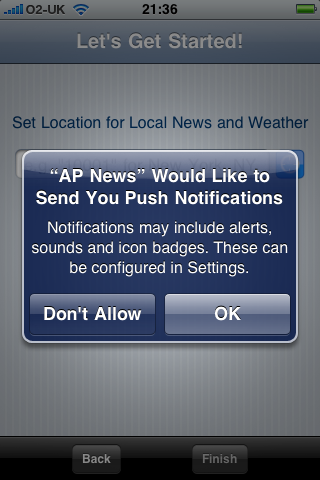
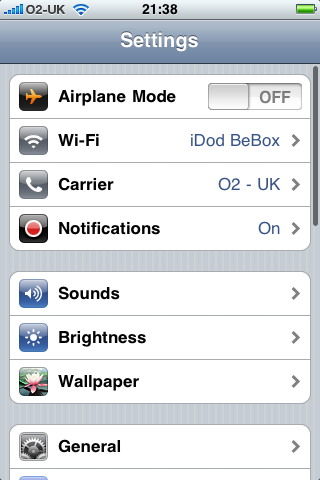

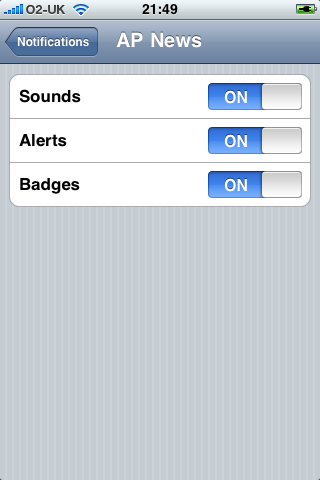

![[54/365] Designing for the Social Web](http://farm4.static.flickr.com/3588/3394810309_19db8a7dbb.jpg)
